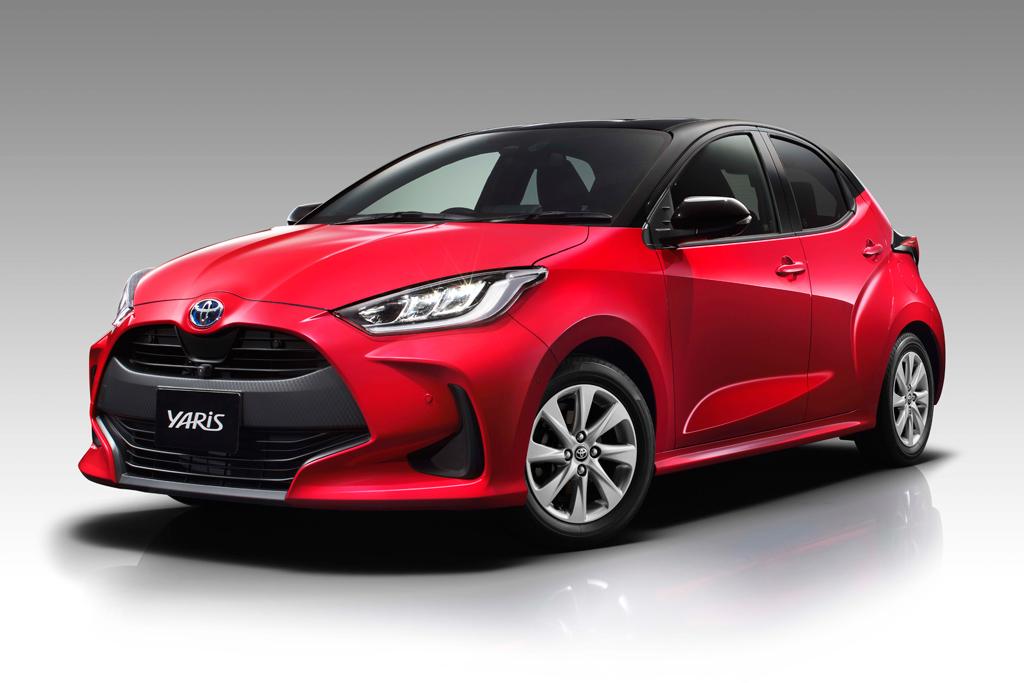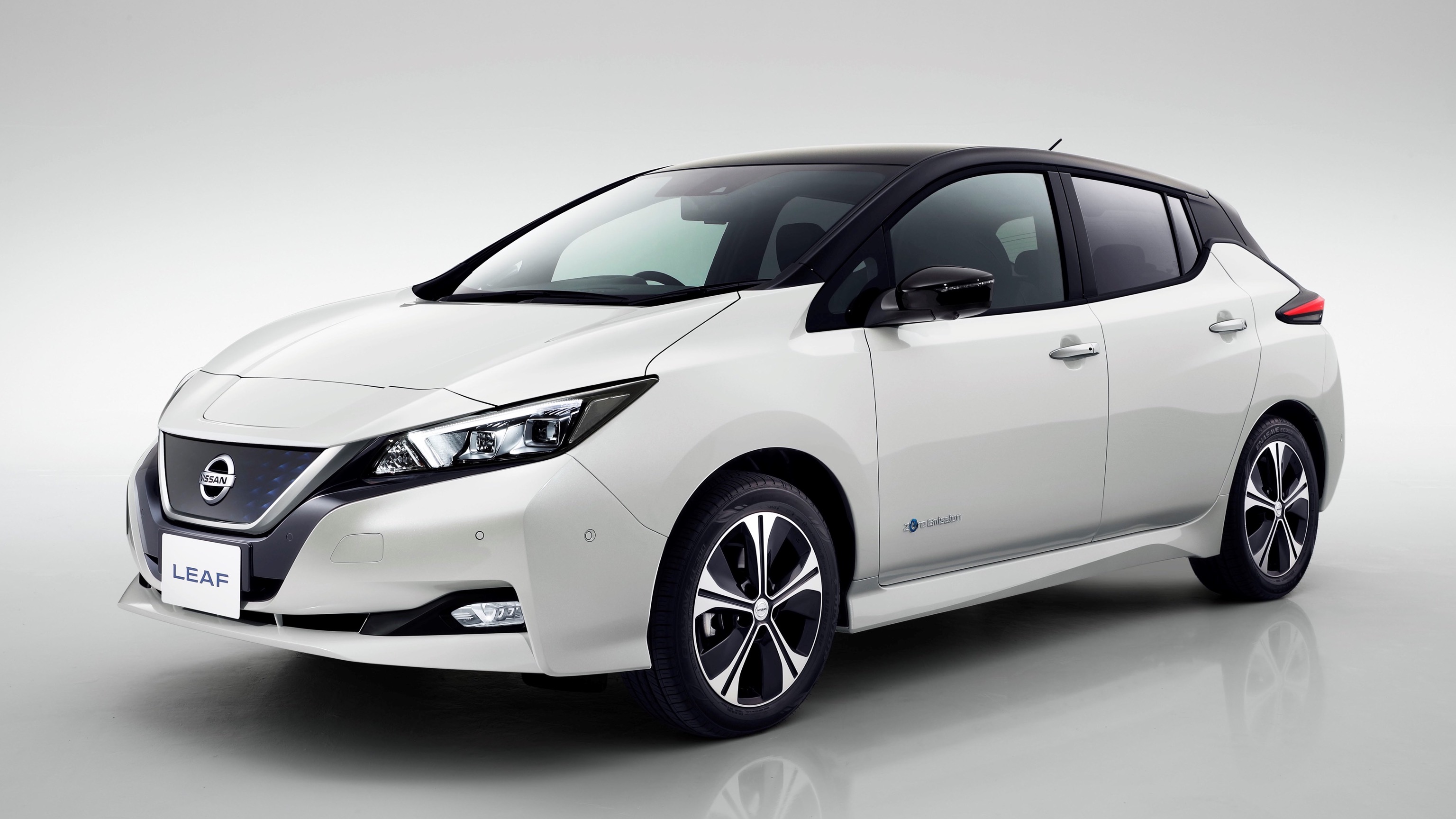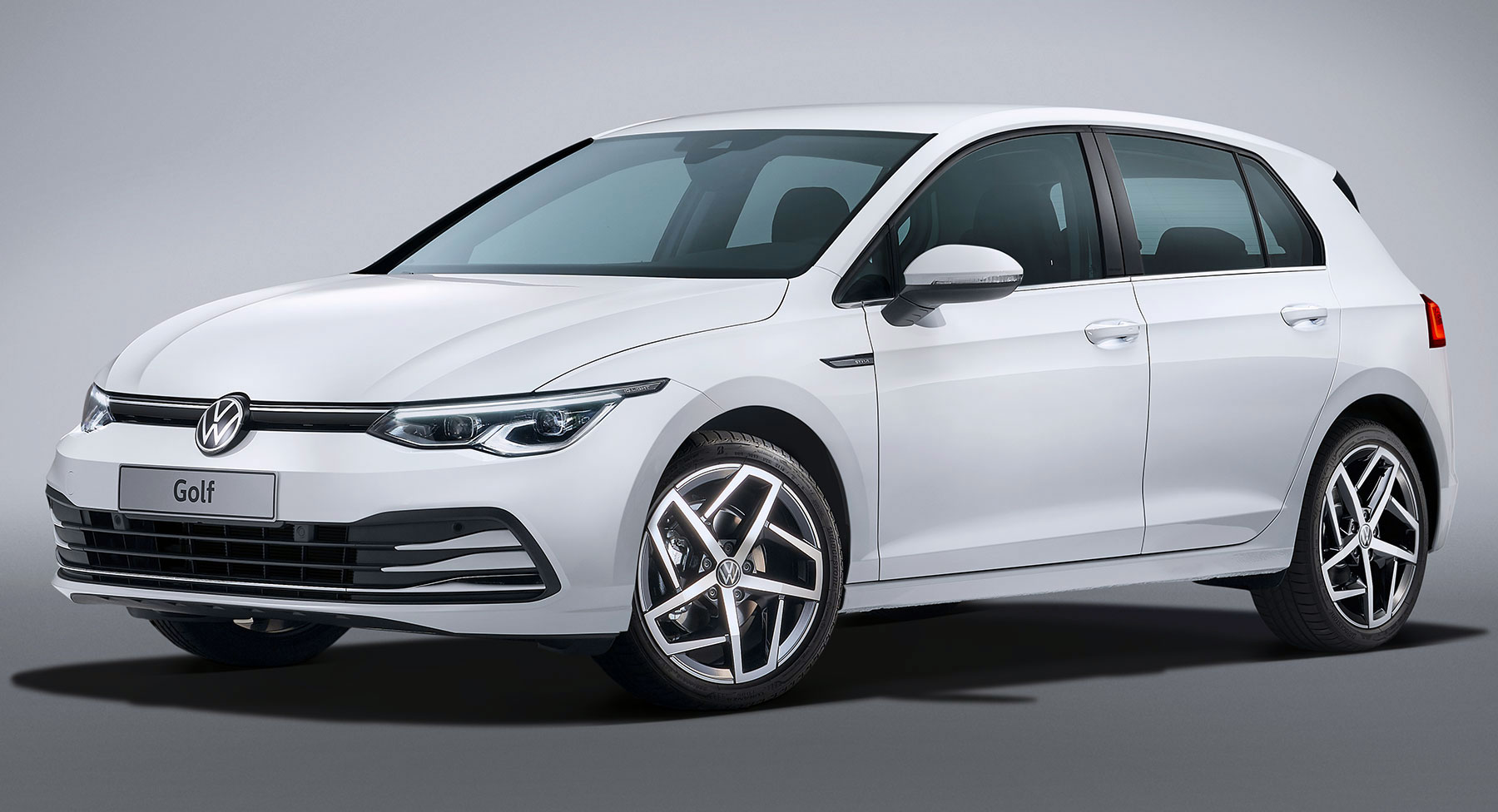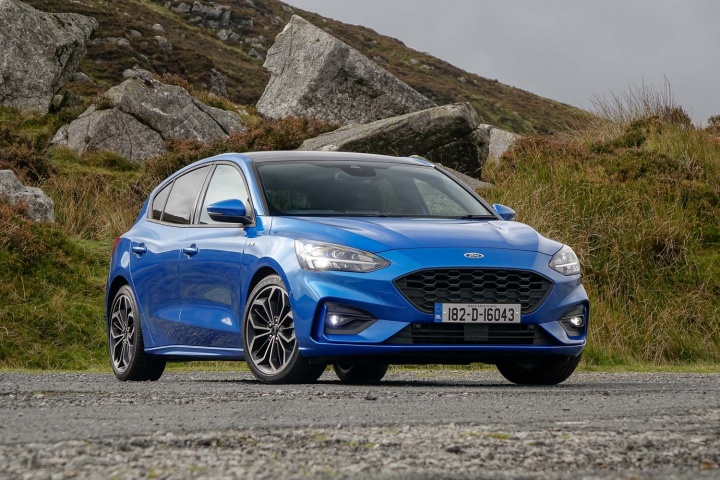Given how practical hatchbacks are, it’s sort a wonder they took so long to catch on. They’ve been around since at least the 1930s, but it wasn’t until the sixties and seventies with the arrival of cars such as the Renault 4 and Simca 1100 did their popularity start to boom. The addition of an opening rear end enabled small cars such as the Fiat 127 and Peugeot 104 to make best use of their compact dimensions. Families very much appreciated the sheer versatility of larger hatchback models too such as the Renault 16 and Austin Maxi that combined opening tailgates with folding rear seats to create near van-like levels of space.
These days, despite the SUV and crossover onslaught (all of which, not coincidentally, feature opening rear hatches) the old-fashioned hatchback hasn’t been killed off, and it’s still very much with us in form ranging from tiny city cars to sensible (though sometimes very fast and lairy) family runabouts.
Here are some of the best used models on the market.
Fiat 500 (2007 on)

The 500 has been Fiat’s biggest hit since its launch way back in 2007, selling in volume even in places like Ireland where the firm’s other models just haven’t. Much of this is thanks to its combination of low running costs, perky engines and retro style that doesn’t look to have aged a bit since it first emerged.
Because of the Fiat’s longevity, there’s an example to suit most budgets, though the best one to go for is a version with the remarkable little 0.9-litre two-cylinder turbocharged TwinAir engine, which is highly economical and feels a lot faster than it actually is.
The 500 is generally a fairly robust and simple little car and repair costs tend to be low. Over the years, Fiat issued several recalls for brake, steering, seatbelt, driveshaft and stop-start issues, so check if those recalls were relevant to any example you may be thinking of buying and that they’ve been dealt with. Because of the younger age profile of buyers too, it’s worth making sure that the clutch isn’t worn (check for judder). Fiat 500s are plentiful, so you don’t need to buy the first one you see, especially if it doesn’t look to have been well-maintained.
Toyota Yaris (2005-2021)

“Bulletproof” is a term often used to describe Toyota’s Yaris supermini and with good reason. The Yaris has a really enviable reputation for reliability and with an older age profile among first-time buyers, there are loads of well-maintained, low-mileage used examples on the market.
Like the Fiat 500, the Yaris nameplate has been around for ages, so there’s an example out there for all budgets, though second- and third-generation (2005-2021) models are probably the best bet from a used buyer’s perspective as they’ll feel a lot more up-to-date than the still-abundant first-gen version.
As with other used cars, check that all appropriate recall and rectification work has been done. In terms of potential known faults, look out for signs of fuel or brake fluid leaks and make sure the power steering is operational (a short circuit in the control module can cause failure). If the hybrid system isn’t working properly, it could mean that a new DC converter is required, but it’s not so common a fault that you should stay away from the car completely.
Nissan Leaf (2011-2018)

Along with the Tesla Model S, the Nissan Leaf really spearheaded the current wave of electric cars when it was launched back in 2011 and, given that it’s been on the market for so long, the first-generation model (2011-2018) is the cheapest entry point to emissions-free motoring.
The sweet spot in the first-gen Leaf line-up is the 30kWh version built from 2016 onwards giving the model a 250km official range, so that’s the one to go for if budget allows. Keep an eye on the battery health on any model you’re thinking of buying and make sure it hasn’t degraded by more than 10-15 per cent since new (you can tell by looking at the internal displays) as the cost of a replacement battery can be around the €9,000 mark.
Steering and start button issues affected early cars and, on later models, a potential problem with the headlight auto-aim function can necessitate a trip to a dealer for a free software upgrade.
Volkswagen Golf (2013-2020)

Many cite the VW Golf as the ultimate and quintessential mid-sized hatchback and, in terms of quality, image and versatility, it’s hard to disagree. From frugal 1.0-litre models through sensible diesels and plug-in hybrids to the GTI and mega-quick Golf R hot hatches, there’s a version to suit most use cases. Interiors are a tad dull and infotainment systems a bit fiddly but overall, the layout and quality of interiors is excellent.
On the reliability front, the Golf is a bit of a mixed bag. A full service history is an absolute must as failing to keep the oil topped up and changed could affect the timing chain, which can result in major and very expensive engine damage. Electrics can be a bit iffy, with the potential for lights to fail without warning (this can sometimes be remedied with a software update).
Check that all appropriate recall work has been done on any potential purchase, with issues flagged over the years including fuel leaks, fractured front wheel bearing housings, incorrect front brake discs and a faulty rear hub carrier with the latter creating circumstances in which a rear wheel could fall off if not rectified.
Ford Focus (2011-2018)

The Focus is Ford’s rival to the VW Golf and it’s a broadly similar story with sensible, economical 1.0-litre versions at one end of the line-up and the fast, hard-charging ST and RS models at the other — choose as appropriate. The Focus arguably has the edge over the Golf as a driver’s car, with communicative steering, though the Golf still feels a bit more upmarket.
The Focus tends to be mostly reliable, but an important issue to look out for (especially if a car hasn’t been serviced by a main dealer) is leaking coolant. Versions with the 1.0-litre turbocharged EcoBoost engine built between 2012 and 2013 were known to leak coolant, which had the eventual potential to result in total engine failure if not checked and arrested. Cars serviced by a main dealer will have had the offending hose replaced by one of a new design as part of a scheduled service, but it’s something to look out for if that’s applicable to any vehicle you’re viewing.
Gearbox issues have been known to affect the Focus too, so when taking a test drive make sure that gears engage crisply and easily with no clutch slippage.